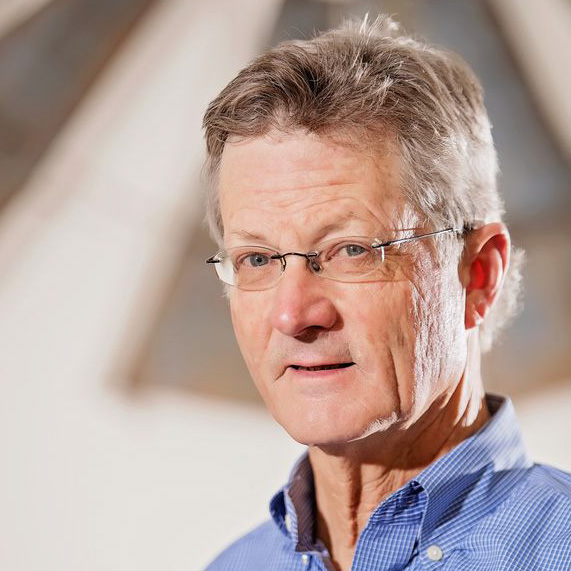
The following is column from State Rep. Glenn Rogers:
From 2010 to 2020, the population of Texas grew by more than 4.5 million people, making our state the second-most populous and fastest growing state in the country. Our cities are growing at an incredible rate. Because of this, many people often overlook the importance of rural Texas to our state. Many see a divide between urban and rural Texas, with the two having vastly different and conflicting interests. However, I believe that as rural Texas goes, so goes all of Texas. Let me explain.
More than half of the state’s 254 counties are considered rural, and much of this land is used for agriculture. More than 127 million Texas acres are dedicated to farming and ranching. Agricultural production in Texas is among our nation’s leaders. For instance, Texas has more than 13 million head of beef cattle in the state, nearly double the amount of the second-leading state. Texas also leads the nation in cotton production with nearly five million bales annually, more than double the second-leading producer. That’s not all, either. Texas leads in production of sheep, goats, mohair, horses, and hay.
While rural Texas is home to a thriving agricultural industry, it is also home to the nation’s strongest energy sector. Our state accounted for 43% of the nation’s crude oil production and 26% of the nation’s natural gas production in 2020. When it comes to green energy, Texas is the nation’s leading wind energy producer. Both of these types of energy – oil and gas and wind energy – rely heavily on rural Texas for production.
I share this information to show that the economy of our great state relies on rural Texas and rural Texans. However, because of the trajectory of our population, rural Texas is at risk of losing its voice. There are more legislative seats in metro Houston than there are west of the I-35 corridor. We very likely will lose one, maybe two seats during redistricting.
The growing numbers in urban areas are creating opportunities for our rural communities, however. Wanting to escape large crowds (and to get away from restrictions brought about by COVID), folks from the city are starting to find their way to our rural communities. Many of these are not just visiting our lakes, parks and open spaces but they have discovered that with adequate broadband access, they can live and work in rural Texas without the hassles of city living.
We are seeing this throughout House District 60 – lakes such as Brownwood, Granbury, Palo Pinto, Cisco and Possum Kingdom are all experiencing a record influx of permanent residents. We are seeing new homes being built throughout the area and many others being renovated. Many of our cities and towns are once again showing signs of growth. For instance, the people of Mineral Wells are investing in the revitalization of the city’s historic hotels with an eye toward a growing tourism sector. Cisco is seeing a revitalization of its downtown and new housing developments. Coleman is experiencing a renaissance with more businesses opening downtown and several existing businesses expanding.
But WE need to do more! A town is either growing or dying – it’s up to us, it’s up to each of our cities and our citizens, to recognize this unique opportunity before us. We have to make our communities attractive to newcomers. We have to work to attract new businesses and welcome new ideas. All too often, this is a challenge for rural communities because, well, some of us are a bit too “set in our ways”. However, the upside of new people, new businesses, increased sales tax revenue, solvent school districts and financially sound hospitals should make us all work harder to make our communities more appealing.
We rural Texans are a resilient bunch. We understand the importance of coming together as a community and working together for the betterment of our hometowns. I know that rural Texas can once again show the rest of our state – and our country – how strong we are. The time is now. The challenge is before us. The opportunity is here. WE can make this happen!